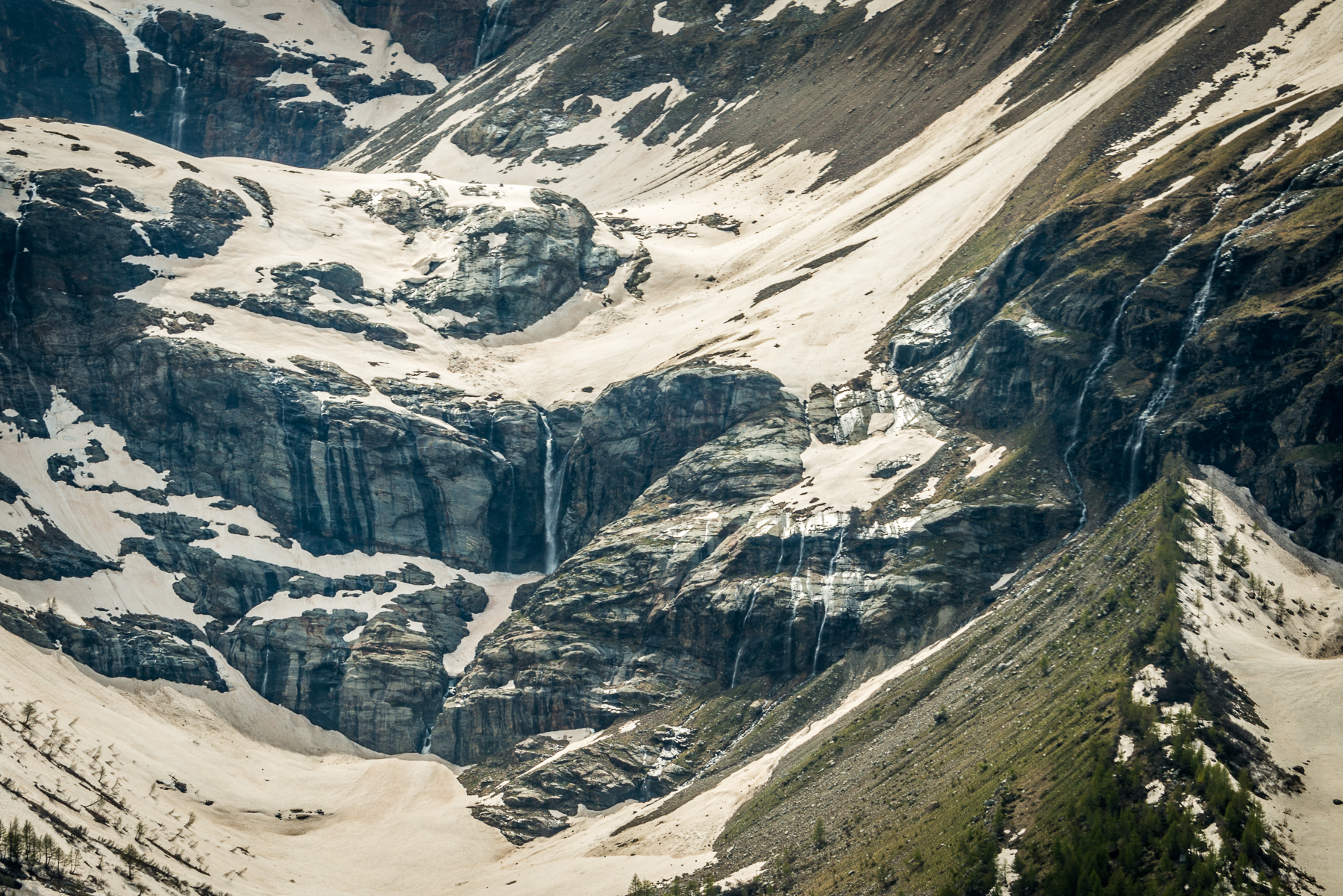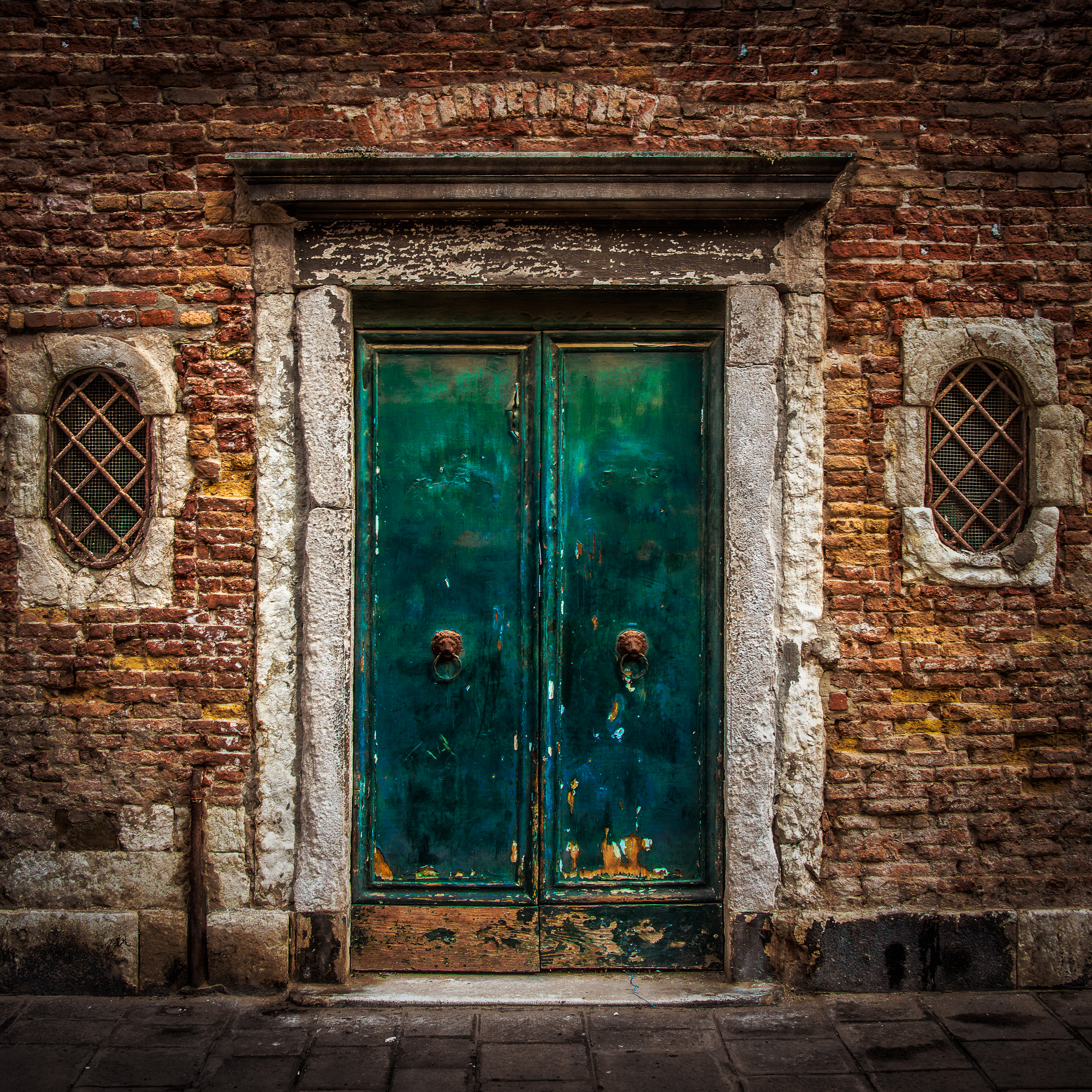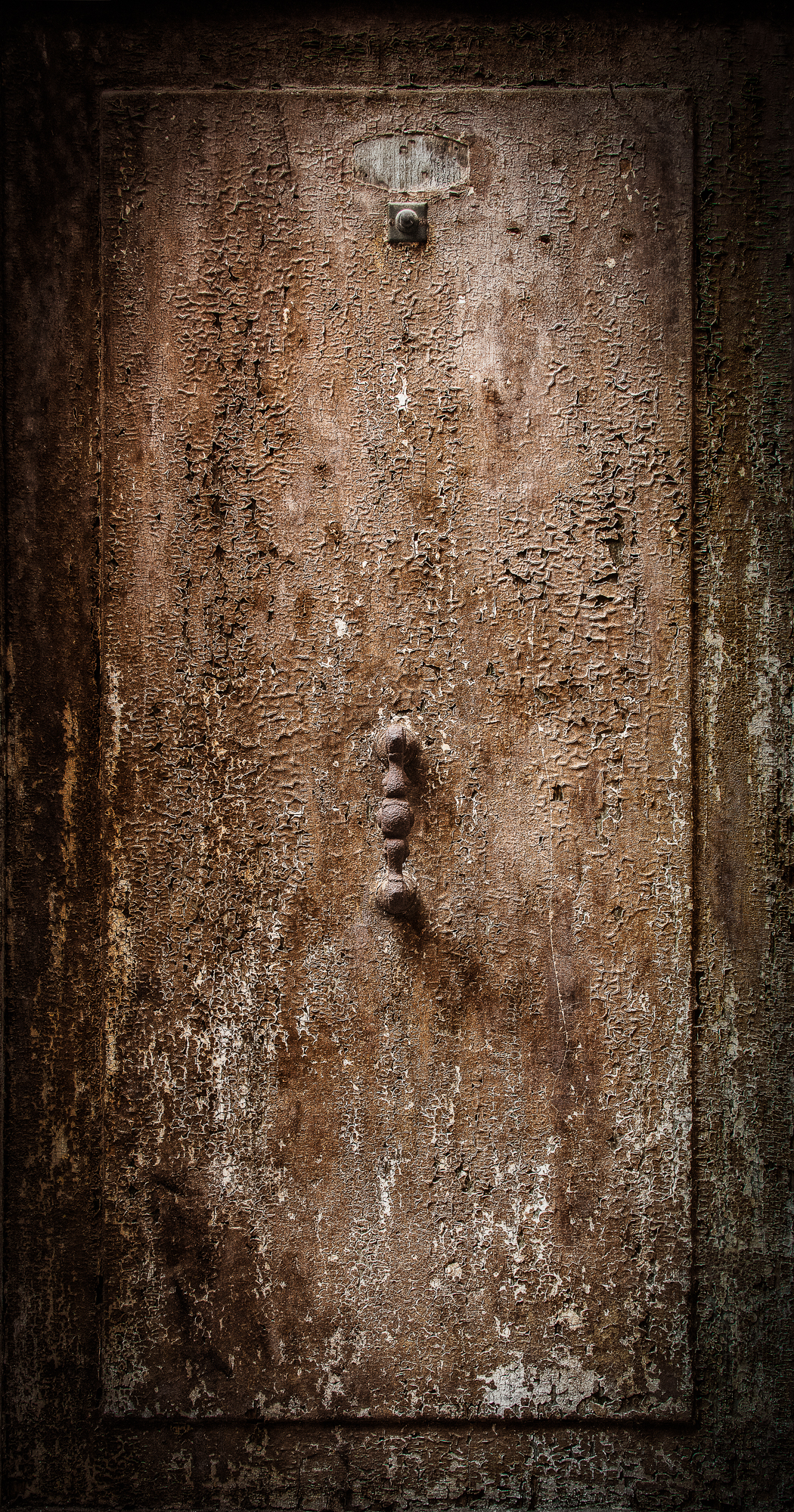[Updated June, 2025]
Your typical arrival in Italy is by air at one of the large-airport cities, like Rome, Florence, Milan or Venice. But, there is another way…one that is beautiful, fun and relaxing. It’s the way we’ve arrived in Italy on four different occasions. What way, you say? That’s the train way for a day — from Zurich, Switzerland.
Why start your Italy journey in Zurich? Because, you get an enjoyable start to overcoming your jet lag and getting comfortably acclimated to the Italian time zone without having to sleepwalk your way through churches and museums on your first day in Europe. The Swiss trains are very comfy and you will see beautiful countryside (as you doze off-and-on) heading south.
“...you get an enjoyable start to overcoming your jet lag and getting comfortably acclimated to the Italian time zone without having to sleepwalk your way through churches and museums on your first day in Europe.”
Flying into Zurich is not a problem, even direct from the U.S. If you are one of my European readers, you have many options, of course. Once you arrive at the Zurich airport and leave customs, you have the convenience of a train station right there in the airport. The station name is ‘Zurich Flughafen’, which translates to ‘Zurich Airport’. It can’t be any easier than that to start your journey!
I will cover three routes from Zurich to your Italy gateway city of Milano, Italy…a direct route, a scenic route, and an absolutely gorgeous route that requires an overnight stay (in Switzerland) that is well worth your time. And, there are bonus stops you can take advantage of along the way.
You will be using the Swiss railway website at www.SBB.CH. Their website is easy to use and is a joy compared to some other nations’ train websites. Their route solutions will even include cable car and bus connections to get you to your destination…more on that later.
Fastest Direct Route
Click on maps to enlarge
This route is simply the one you will find when creating your Zurich Flughafen to Milano journey on the outstanding Swiss railway website. Click the map thumbnail to see the route.
This route will take you just under 4 hours to arrive at Milano Centrale station. But, one of the features of this route that we’ve taken advantage of is a Bonus Stop at beautiful Lake Como…and I suggest that you do this too, of course. See my articles on Go There: Bellagio and Getting There: Bellagio for the wonders of Lake Como and bella Bellagio.
Scenic Mountainous Route
Are you up for a train ride that seems to climb straight up the Alps on their way to Italy? Then the route that includes the Bernina Express is the route for you. This map will show you how you will accomplish this journey.
As an FYI, this article has been updated from its original publication to include photos take on a fall of 2023 trip from Zurich to Bellagio, Italy.
A view from your train, early in the trip
Traveling from Zurich Flughafen to Chur happens in scenic valleys. The countryside is just as you had imagined it…pastoral green fields with Swiss chalets along the way in the lower altitude portions of the trip. .
If it is the dead of winter, do not expect to see much green.
Below, you will see photos from two different…very different…trips over the Swiss Alps on the Bernina Express. The winter-like photos are from a trip of just Ellen and me in late May, in 2014. On a more recent trip in late September of 2023, you will see more summer-like photos, which will include photos of two wonderful couples traveling with us. Traveling with friends is such fun (see what I mean in a previous article, here).
As we are starting our train trek into Italy, here is a photo of our 2023 group as we were awaiting our early morning train from the main Zurich station.
In the Zurich train station awaiting our ride on the Bernina Express
As you can see in the accompanying photos, no matter what the season, you are in for high-altitude travel. We were right there among the peaks and glaciers.
The high-mountain lakes were still frozen during our 2014 late-May Bernina Express adventure
May 2014
And as you can see from the exact same view being enjoyed by Jon and Sue on our early-September trip, no ice, and the ever-present glacier is still there.
September 2023
And on this late-May trip, we had this clean, efficient train car mostly to ourselves
May 2014
On our early-September trip, the cars were full of nice people, just like Marsha and Jason, just below. That guy in the blue shirt looks nice, also.
September 2023
And yes, those are skiers at the base of this run. And note the size of the cable car!
May 2014
Same cable car system as above, and very much available to take you to the top of the mountain.
September 2023
There is a wonderful several-minute stop (maybe 30 minutes) at the high-point of the day’s trip, Alp Grum. Just below is the view from the overlook, as we were allowed our leg-stretching time.
September 2023
On our late-May Bernina Express trip, this stop was not available to us. Just below, you can see a few more photos of our 2023 journey. You can click on the first image and work your way through the others.
It looks as though Marsha and Jason are enjoying their scenic trip over the Alps. Who wouldn’t, right?
This route will take about 6 hours from Zurich Flughafen to Tirano, and then another 2:30 hours to Milano from Tirano. On our 2014 trip, we opted to overnight in Tirano, completing our journey to Milano and then Venice the following day.
Tirano has more of a clean, Swiss influence than one of Italian quaintness, a product of its location sitting almost right on the border. But, at least delicious prosciutto and caprese salad were available.
It seems that the Bernina Express has been delighting travelers for well over one-hundred years
Here’s your Bonus Stop – Depart the train along Lake Como when you reach the town of Varenna (the Varenna-Esino station) and then take the ferry to Bellagio for the night. Before you go, compare the online ferry schedule to the arriving train schedule to determine your ferry connection timing. Bellagio is not the only Lake Como overnight spot. A stay in Varenna is a great option. Or Menaggio. Or Cadenabbia.
The Ultimate Swiss-to-Italy Route
We’ve done this journey twice and we highly recommend it.
The highlight is an overnight venture to the Bernese Oberland area of Switzerland…specifically through the Lauterbrunnen Valley to the quaint hillside (maybe I should say ‘cliffside’) town of Murren. Plan to spend at least one night in Murren.
Murren is one of those no-automobile towns which is only accessible by cable car. It was a shame to spend just one night here on both of our trips, as there is much to do in this area, especially if you are into a bit of alpine hiking. The scenery is breathtaking, as I hope you can gain from the accompanying photos.
That’s the Lauterbrunnen valley in the photo below. Not very spectacular, is it? Our destination is Murren, just on the other side of that ridge. We take a cable car from a point at the bottom-right edge of the photo, which then connects to a small train that moves along the hillside on the middle-right of the photo, terminating at Murren. Alternatively, make your way to the end of this beautiful valley via yellow postal bus to Stechelberg where a two-leg cable car whisks you up to Murren.
This is the view from our cable car, as we begin our ascent. That’s Staubbach Waterfall dropping from the cliff face on the right.
Wow! That’s the view from the hillside-hugging train as we make our way to isolated Murren.
We’ve arrived at Murren’s small train station. Left to right are in-laws Craig and Leslie, my wife Ellen, and me.
We are definitely in a quaint, charming, exhilarating, absolutely gorgeous Swiss town, nestled in the Swiss Alps.
The views from town are stunning!
If you’re hungry, this pretty fraulein can help you. Goulash, spaetzle and beer is on the menu. And the view from the deck is amazing!
A sunny deck and a beer…life is good
That gentleman in the last photo plays a nice tune using only a typical garden hose!
A highlight of a visit to Murren is the cable car ride to The Schilthorn, made famous in the James Bond hit “On Her Majesty’s Secret Service” – debuting 50 years ago. The views, the views, the views…on the way up, on the way down, and at the top!
Chalets dot the mountainside as we ascend to The Schilthorn.
Low clouds hide the mountain peaks, but we are flabbergasted, yes flabbergasted, by the alpine scenery! When was the last time you were flabbergasted?!
Here is our destination, The Schilthorn of James Bond fame.
Ellen seems to be on top of the World.
In-Laws Leslie and Craig love Murren, too!
Now THAT, was a great day. Tomorrow, an early departure will get you to Milano before lunch. But wait, there is another Bonus Stop along the way. Your Milano-bound train will traverse the shores of Lake Maggiore, passing through the lakeside town of Stresa. A stop here for the day…or better yet overnight…will allow you to lunch at Ristorante Verbano on the Fisherman’s Island before a visit to Isolo Bella with its fabulous Palazzo Borromeo and gardens. I will cover a visit to these sights in a future article.
Earlier, I praised the Swiss train website. Here’s why: not only is it easy to use, but it guides you effortlessly from one route connection to another, no matter what mode of transportation is involved in your journey. For example, if you wanted to go directly from Zurich Flughafen to The Schilthorn, just plug that into the departure and destination input boxes and you will be presented with the entire solution to your journey, including connections for each of the 5 trains and 3 cable cars needed to make your fabulous 3-hour-and-40-minute trip. And, this Swiss train website does not limit you to trains within Switzerland. Plug in Paris as you destination and you will see solutions for your 5-hour trip to the Paris-Gare de Lyon station. Or, London in 8 hours. Or either Venice or Rome in 7 hours. It’s all there.
On whichever route you find yourself as you travel from Zurich to Italy, I am sure that this day of leisure and scenic beauty will be one that will help you to acclimate to a new time zone as you start your next Italian adventure. I’ll see you on the train…that’s me sitting across from you…and oh, I’m not dozing…I’m just resting my eyes.
Ciao for now,
Steve





















































































































































